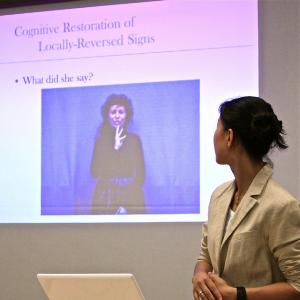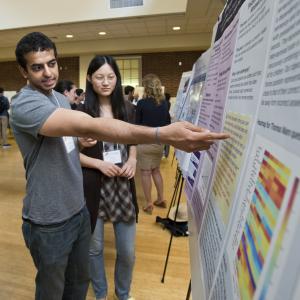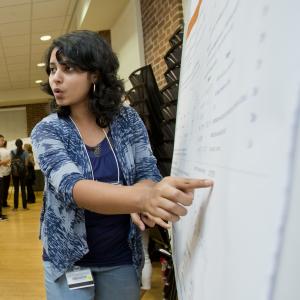LSLT: Christina Blomquist (HESP)
Although we will continue to offer a Zoom option for LSLT for now, we strongly encourage you to attend in person! The talk is only part of the point of LSLT: it's a good opportunity to meet and chat with students and faculty in other departments. And we've now reinstated the classic LSLT sandwich line! Zoom link: https://go.umd.edu/lslt-zoom
Determining the mechanisms of spoken language processing delay in children with cochlear implants
Abstract: While cochlear implants (CIs) have enabled children born deaf to hear via an electrical signal, the speech signal they transmit is degraded in ways that hinder speech perception. These speech perception difficulties likely have downstream consequences on development, as children with CIs are more likely to show delays in speech and language abilities relative to peers with normal hearing (NH). However, it is unclear how CI-specific limitations in speech perception contribute to observed delays in spoken language processing. Aim 1 is to determine whether perception of spectrally degraded speech leads to expanded, less efficient lexical competition vs. a general wait-and-see listening strategy. Eye-tracking will be used to measure competition from similar-sounding words while children with CIs (Experiment 1) and children with NH listening to noise-vocoded speech (Experiment 2) perceive spoken words. ERP methods will be used to investigate semantic processing of phonologically similar words during spoken word recognition (Experiment 3). Aim 2 is to determine whether children with CIs demonstrate cascading vs. serial activation from the phonetic level to phonological and semantic networks. ERP methods will be used to investigate how similar-sounding words and their semantic associates are activated during spoken word recognition (Experiment 4).













